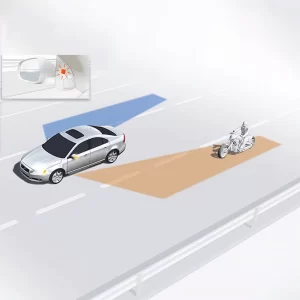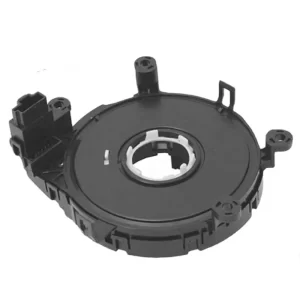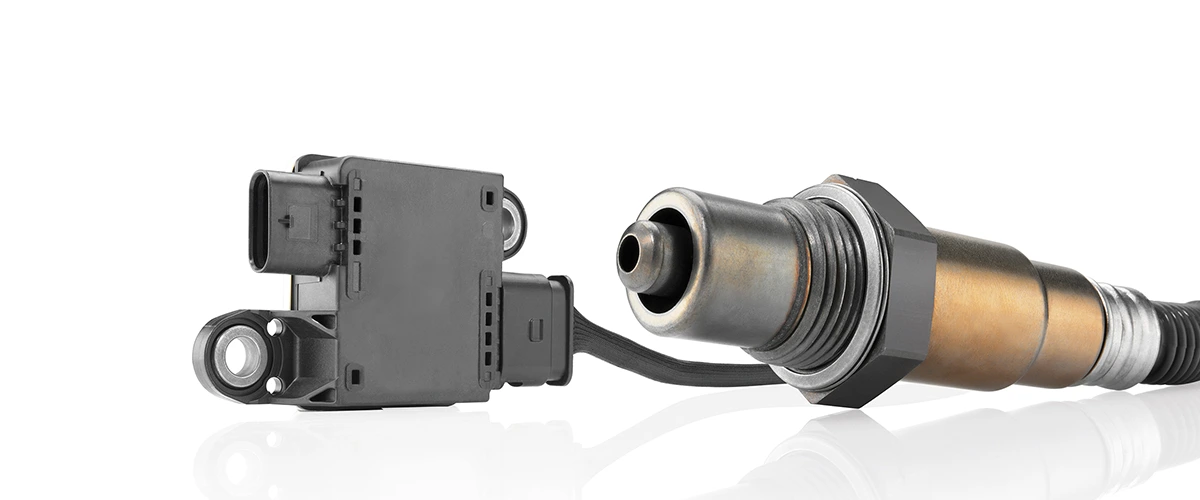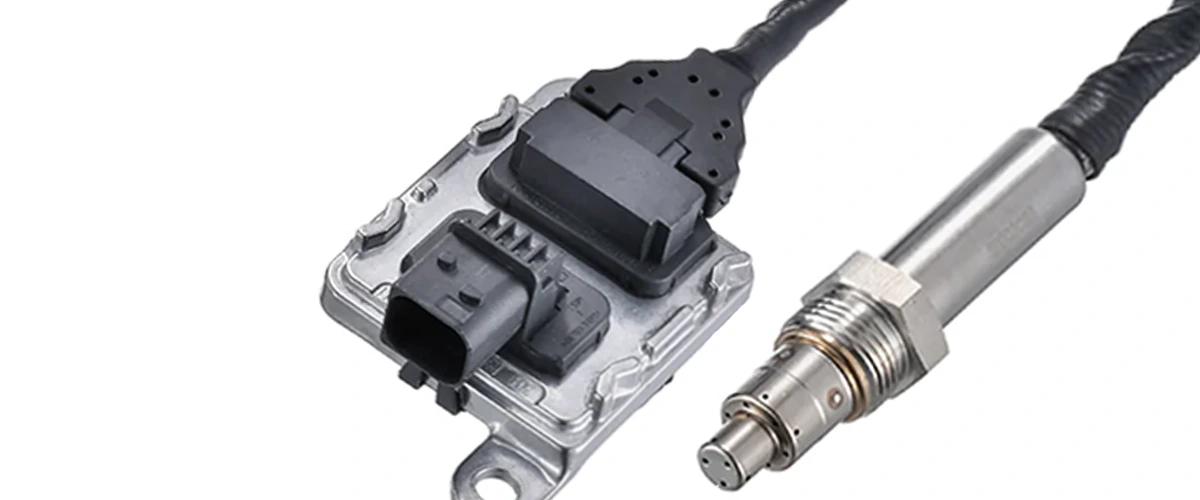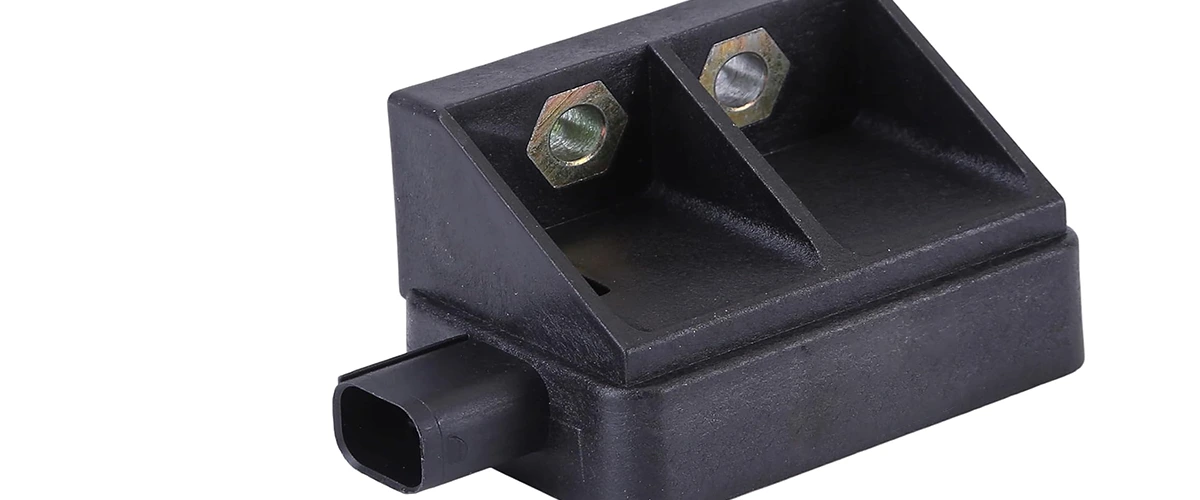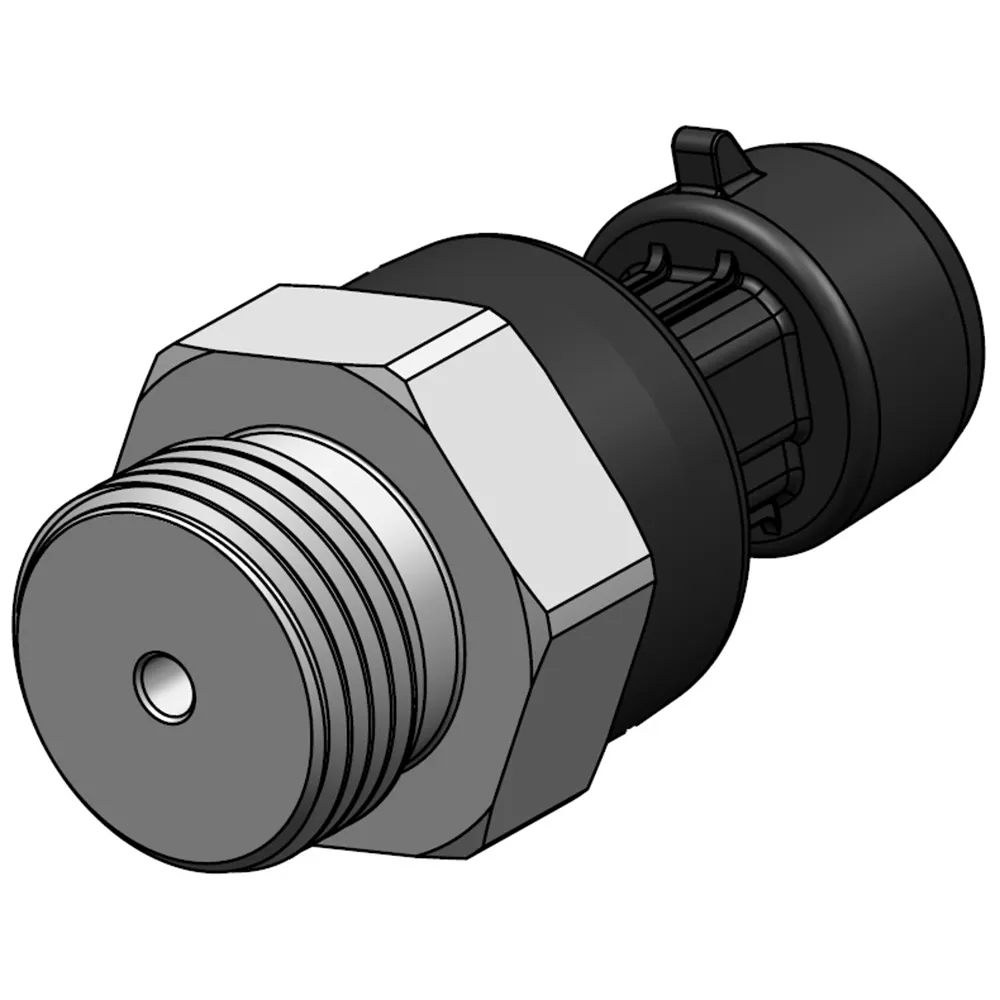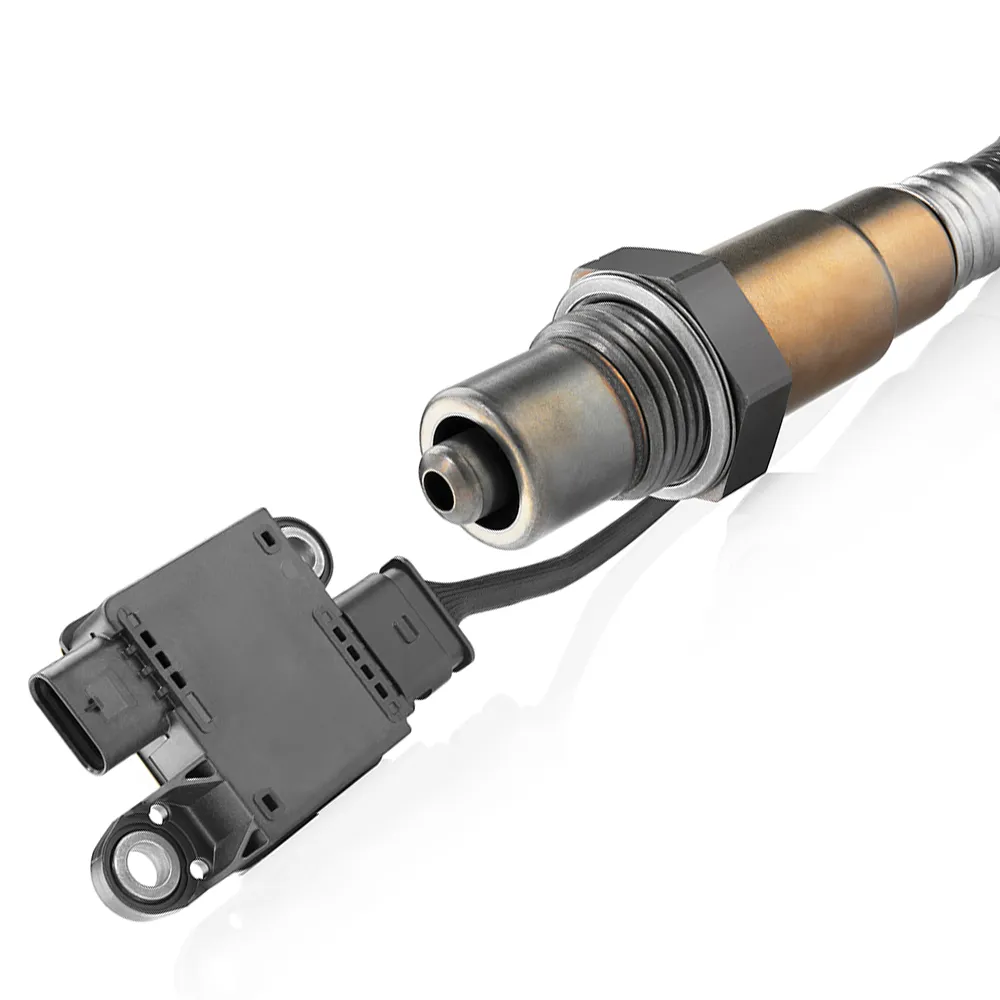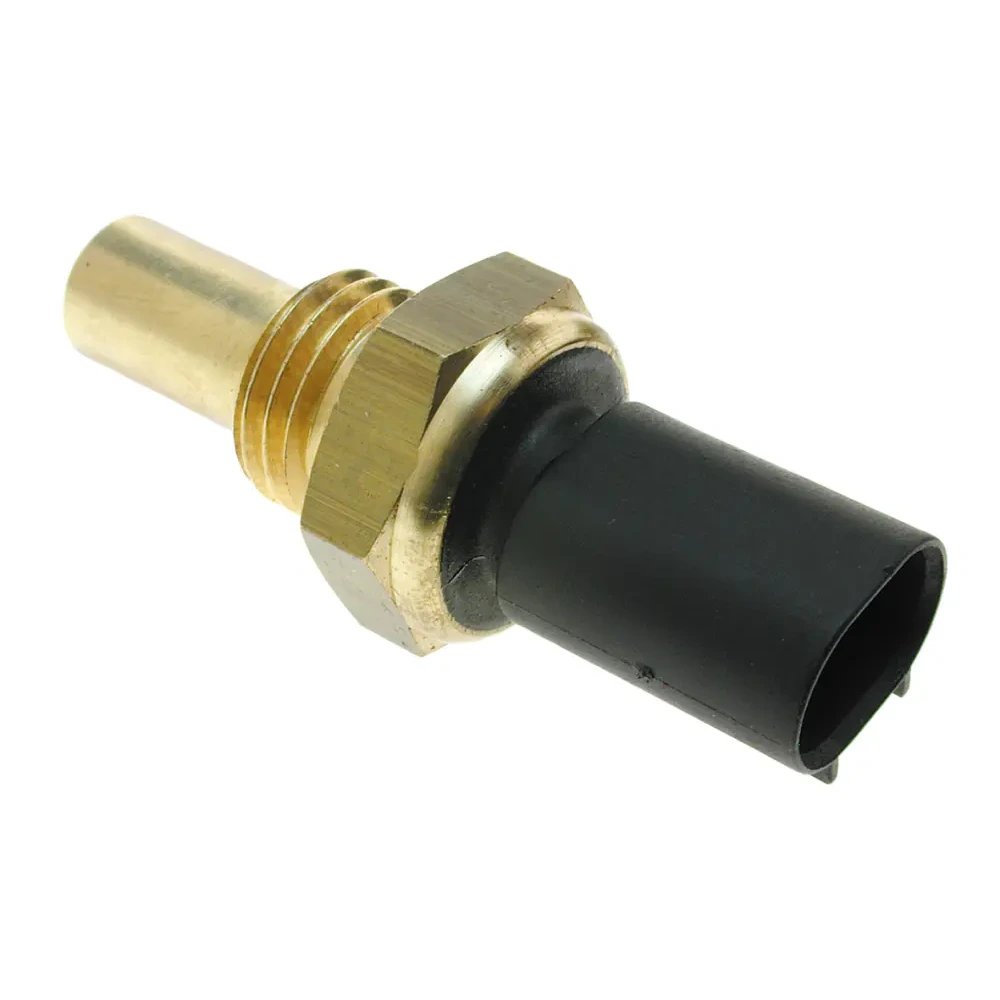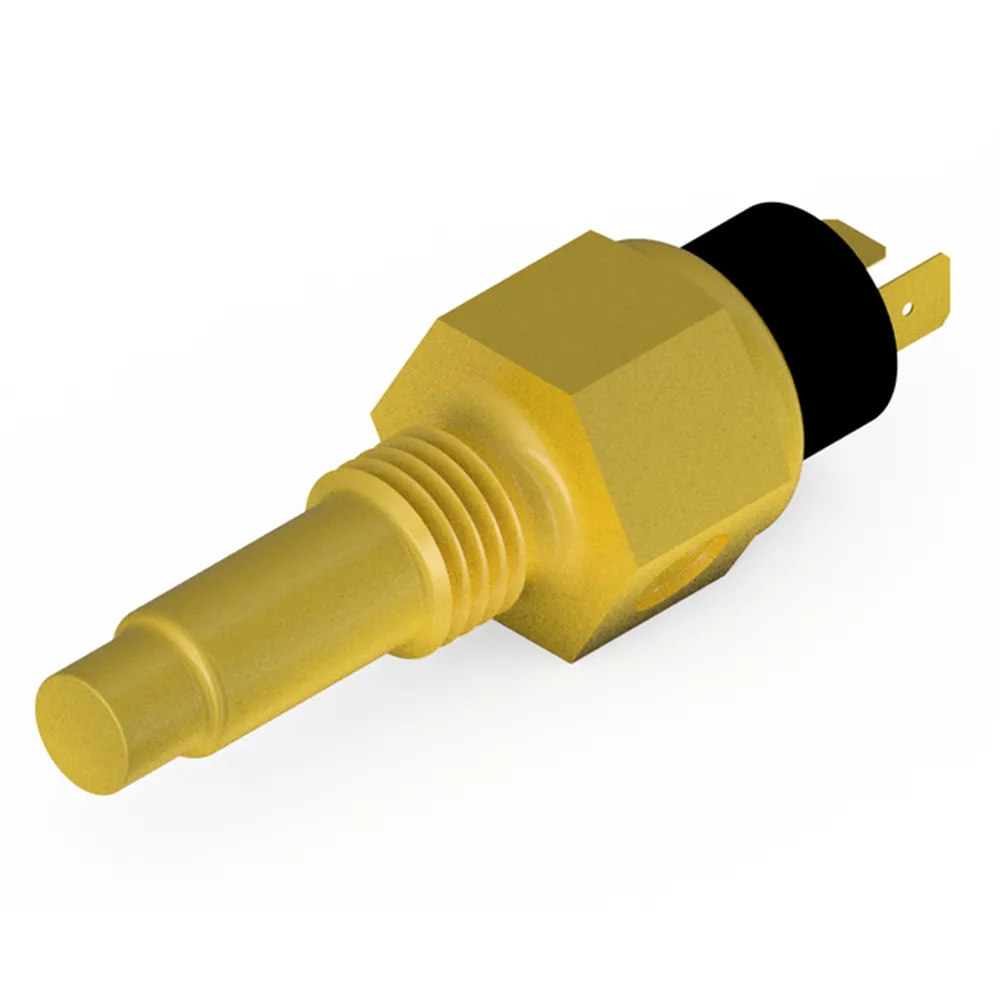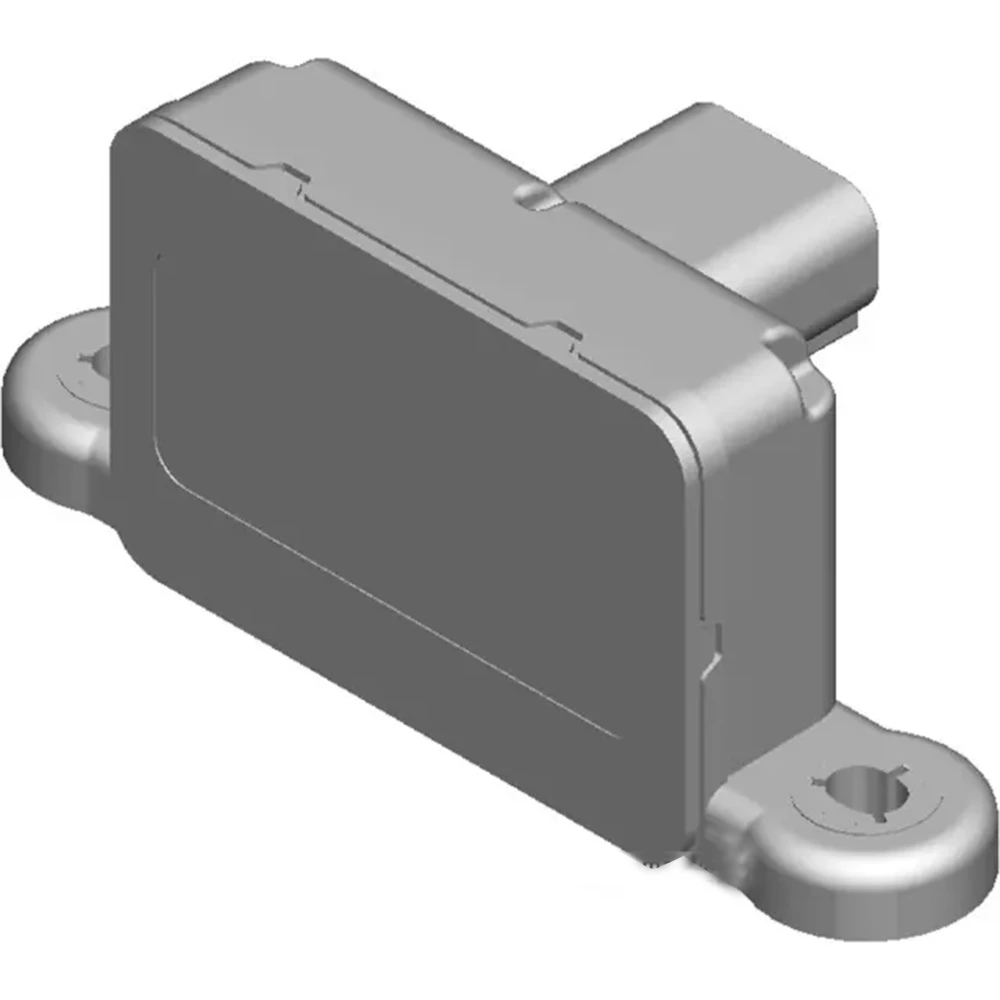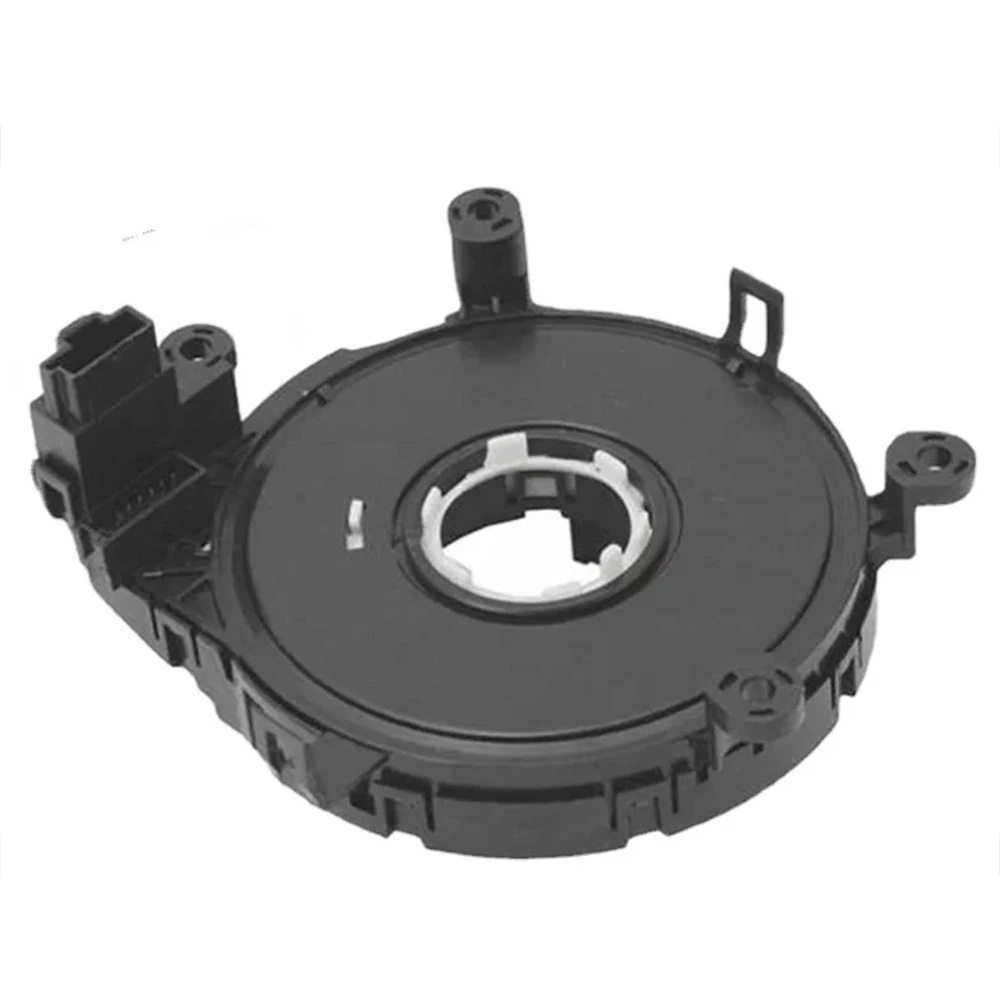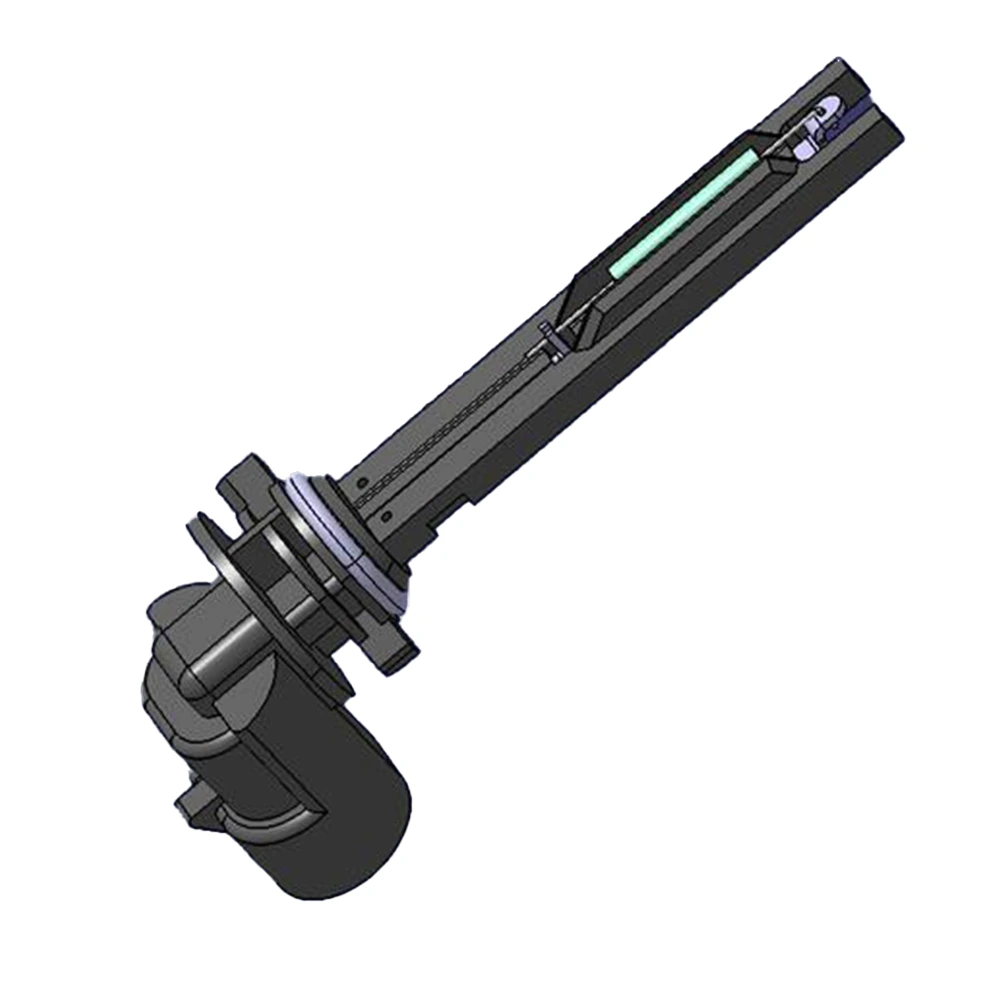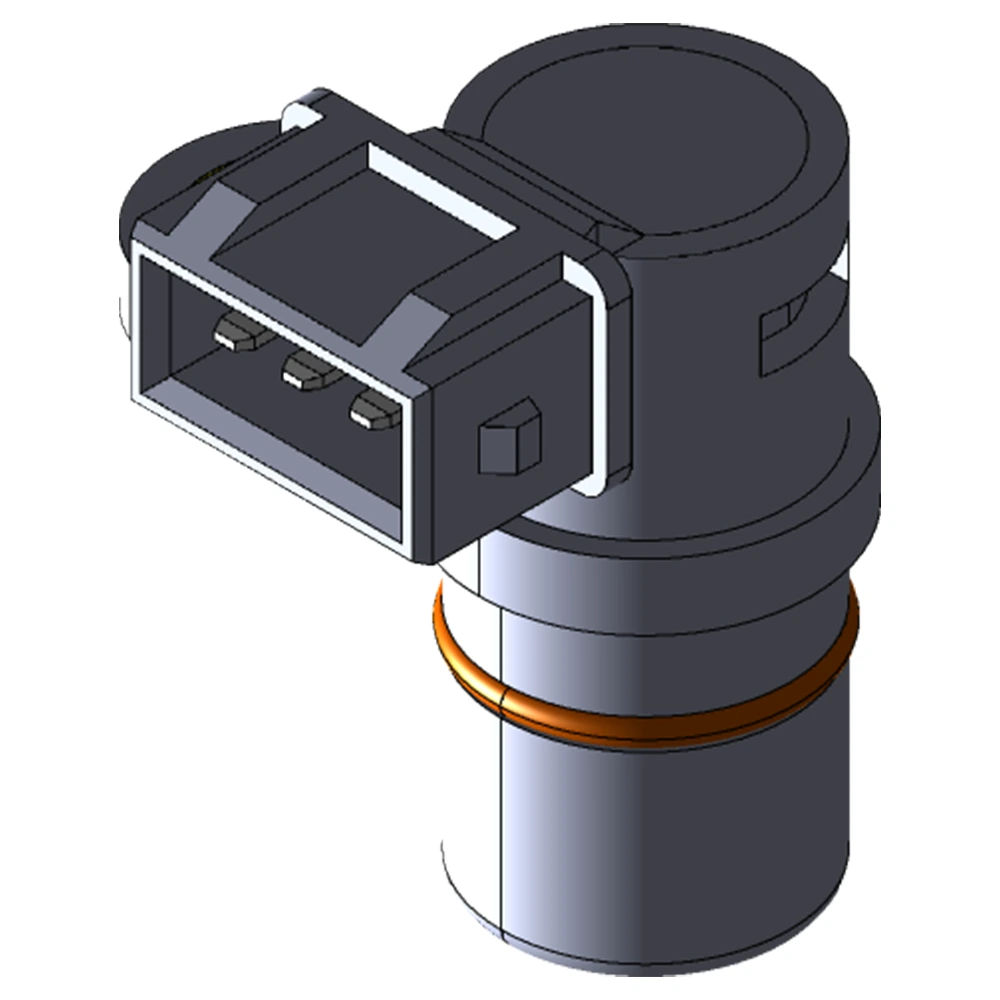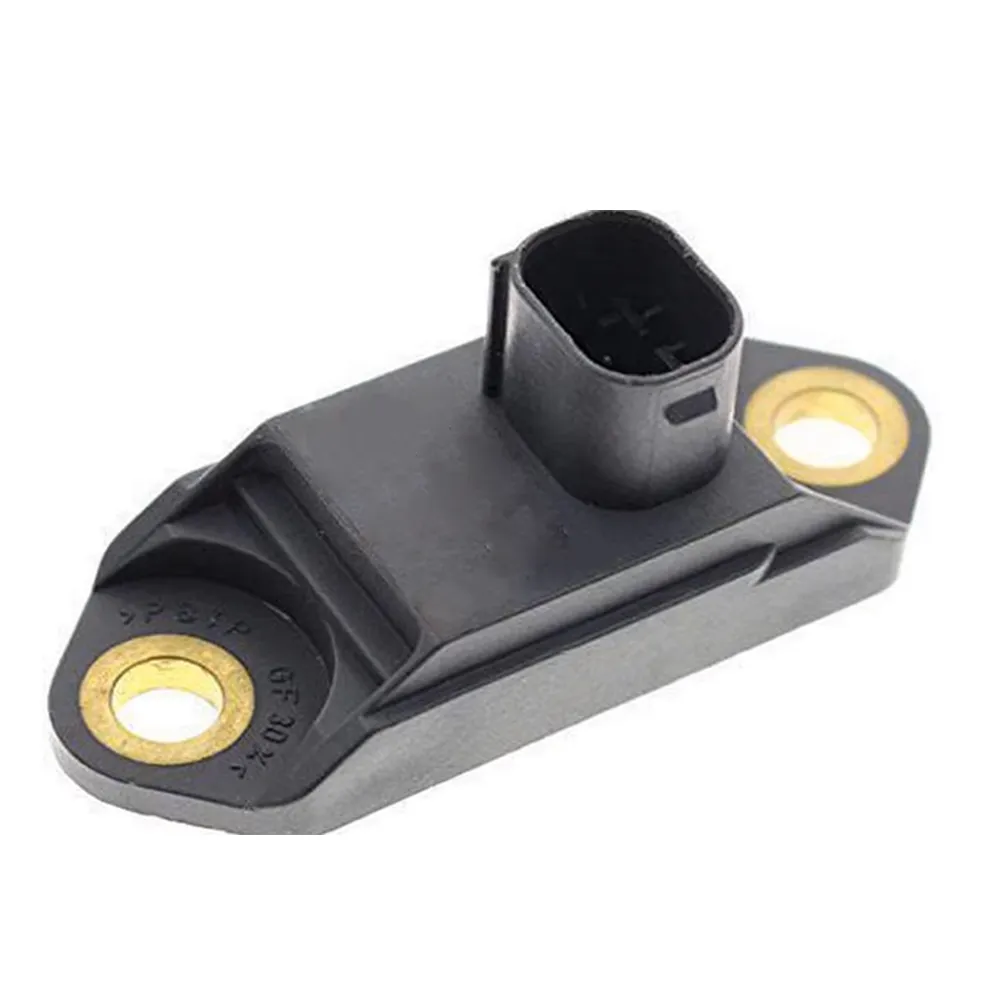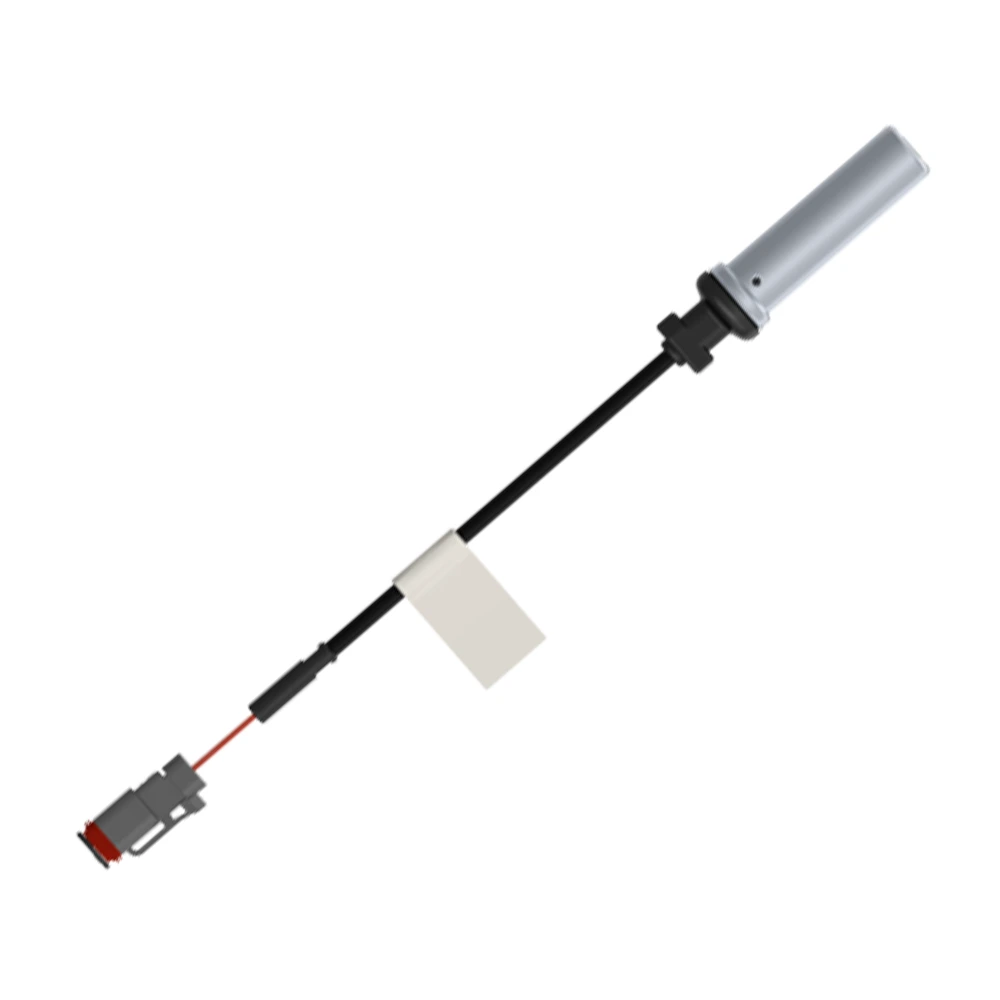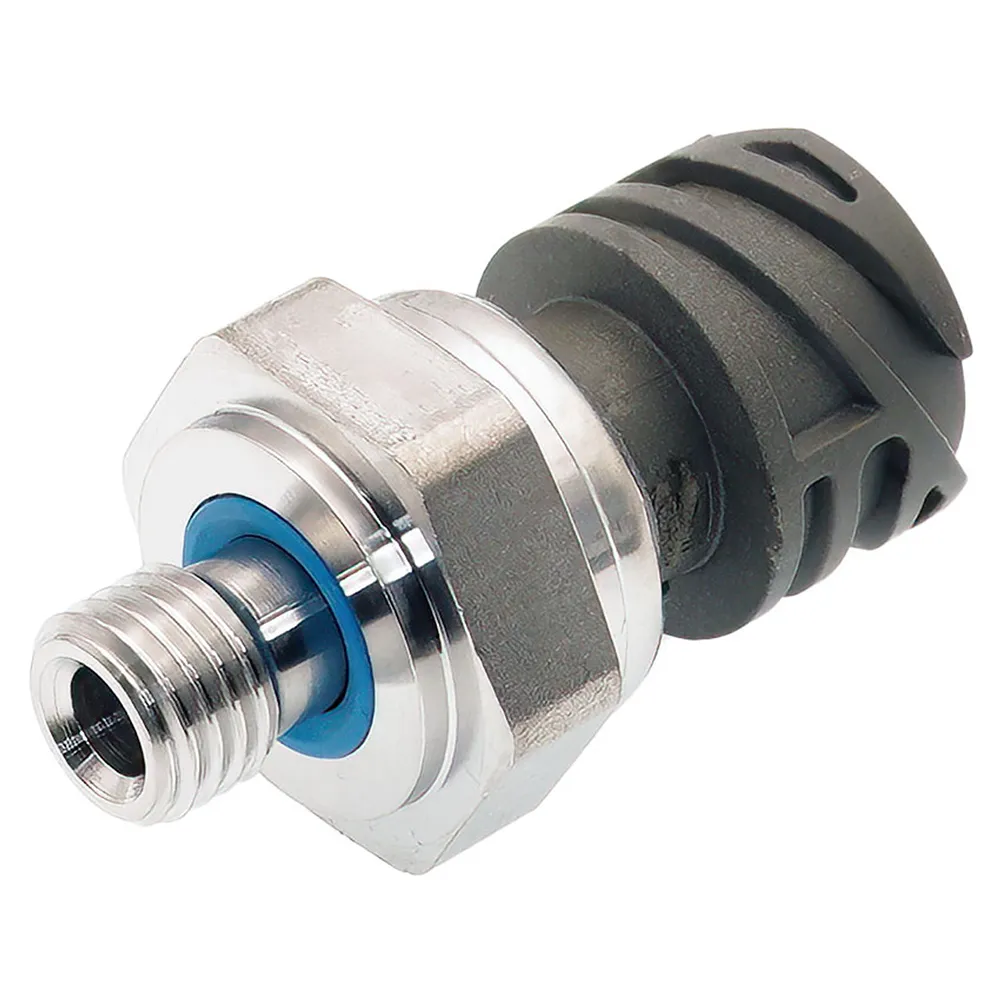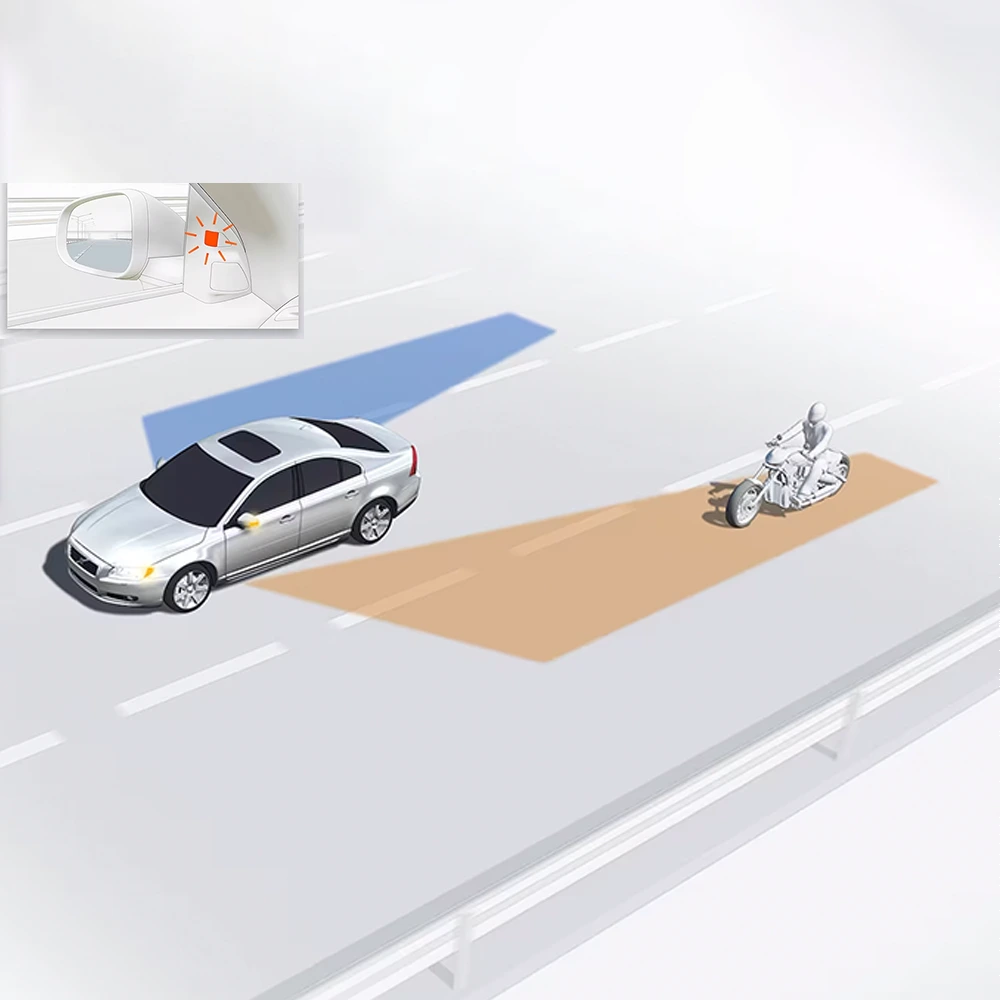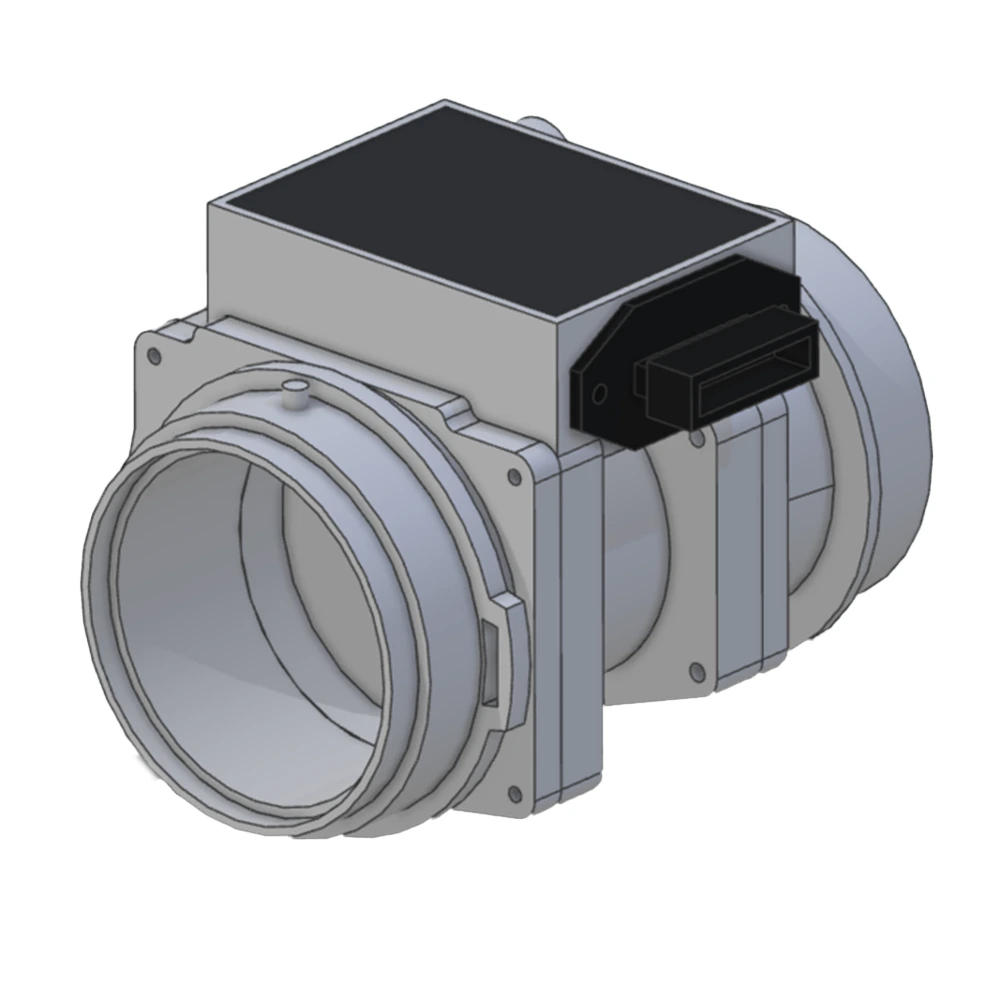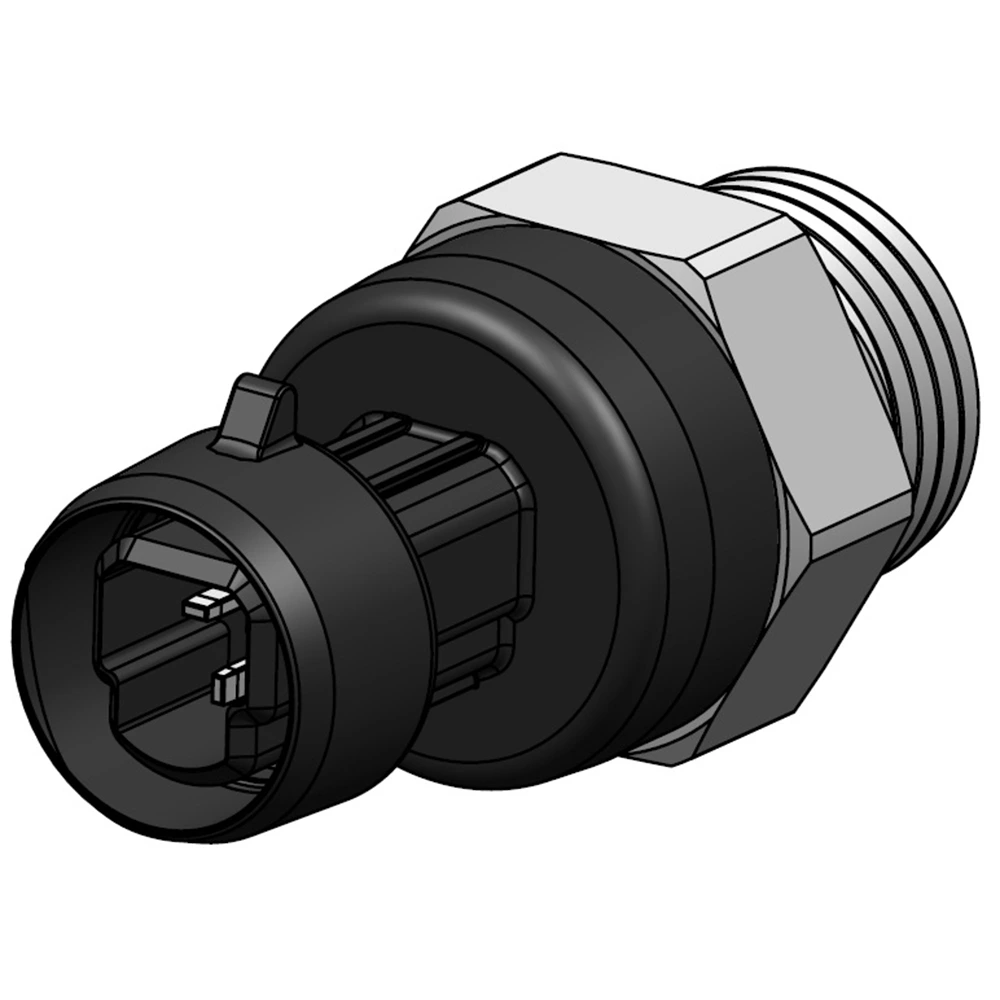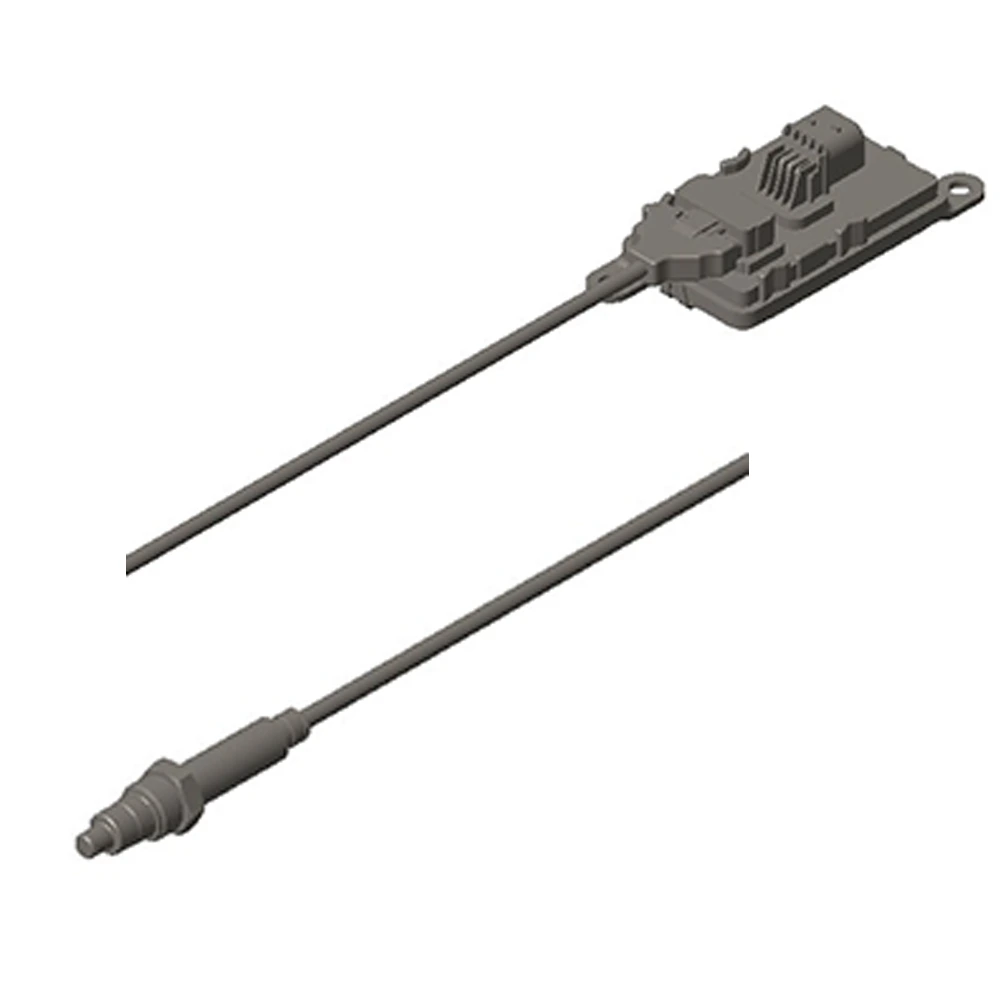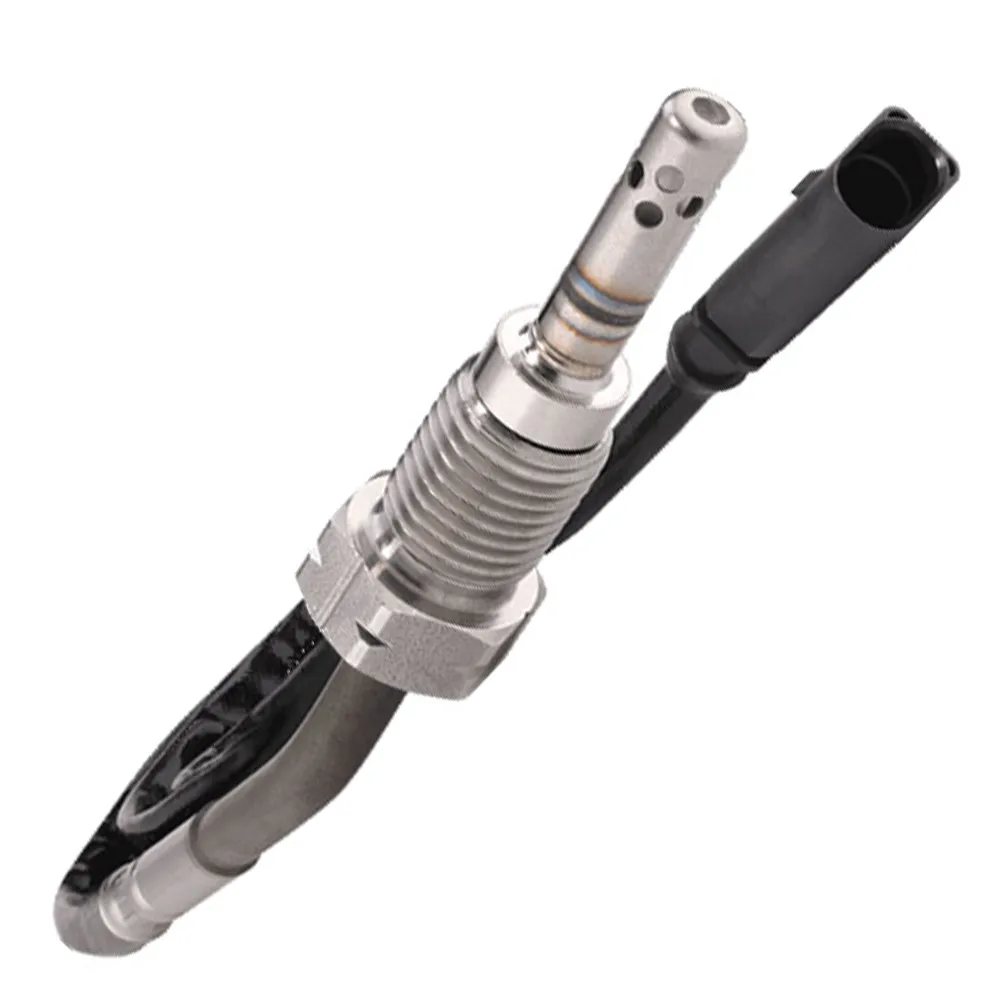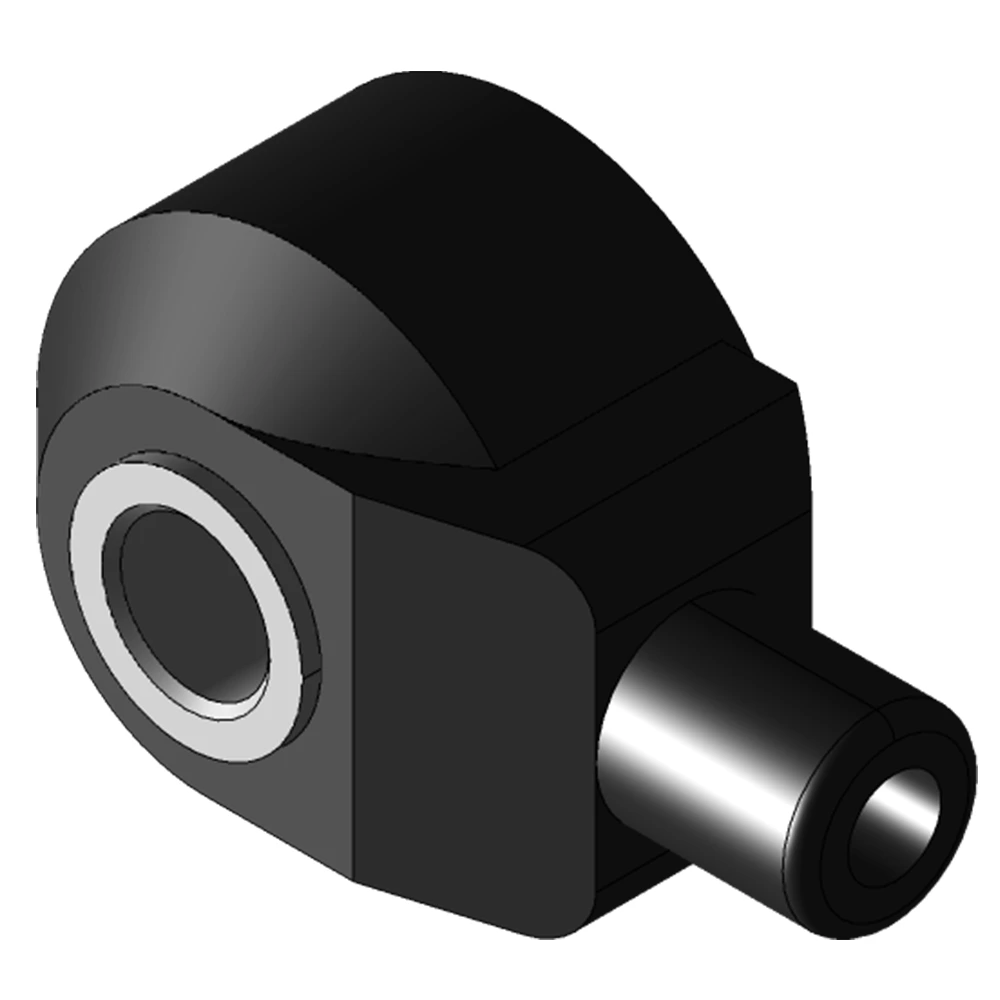Exhaust gas temperature sensor – How it work & failed
Due to increasingly stringent emissions legislation, exhaust gas temperature sensors are becoming increasingly popular in more modern vehicles. And because they’re high-failure parts, they’re also becoming an increasingly popular repair. Here we explain what an exhaust gas temperature sensor does, why and how it fails, and how to replace it, so you can take advantage of this rapidly growing service opportunity with quality, best-practice repairs.
What is an exhaust gas temperature sensor?
As its name suggests, the exhaust gas temperature sensor measures the temperature of the exhaust gas. This information is then relayed to the engine control unit or ECU when appropriate action is taken. In petrol engines, its main role is to protect vital components from the higher temperatures common with lower-end engines – so if a sensor detects excessive temperatures, the ECU will reduce the temperature by, for example, lowering the boost pressure for a turbocharger or increasing the amount of fuel injected for a catalytic converter. In diesel engines, exhaust gas temperature sensors are also used to monitor the temperature of the diesel particulate filter (DPF) to determine the correct regeneration temperature, reducing harmful emissions. It is not uncommon for three or more sensors to be installed on the exhaust; one before the turbocharger, one before the DPF and the third after the particulate filter.
How do exhaust gas temperature sensors work?
There are two types of exhaust gas temperature sensors; one has a positive temperature coefficient (PTC) and the other has a negative temperature coefficient (NTC), the only difference being the temperature measurement. The NTC cell has high resistance at low temperatures and low resistance at high temperatures. In other words, its resistance decreases as the temperature increases. Although in a PTC cell, which is the most common type, the resistance increases in line with temperature. In both cases, the temperature of the ECU resistance is determined and appropriate measures are taken.
Why do exhaust gas temperature sensors failed?
One of the common causes of exhaust temperature sensor failure is exposure to temperatures that are too high – in some cases over 900°C – which is what they protect other components from. Like all wired sensors, heavy vibration can loosen the internal connections, and any bends or twists can cause the wire to break, making them especially susceptible to damage when replacing other parts of the exhaust system. These, along with contamination from other fluids such as oil or antifreeze, can all affect the sensor’s response characteristics, causing it to go out of tolerance and give inaccurate readings.
What are common exhaust gas temperature sensor fault codes?
Common fault codes include:
- P0544: Exhaust gas temperature sensor, bank 1, sensor 1 – circuit malfunction
- P0546: Exhaust gas temperature sensor, bank 1, sensor 1 – high input
- P2033: Exhaust gas temperature bank 1, sensor 2 – circuit high
- P247A: Exhaust gas temperature sensor bank 1, sensor 3 – out of range
- P0549: Exhaust gas temperature sensor, bank 2, sensor 1 – circuit high
- P2031: Exhaust gas temperature bank 1, sensor 2 – circuit malfunction
Note, by design, PTC sensors will continue to relay misinformation to the ECU without setting a diagnostic fault code.
Symptoms of a faulty exhaust gas temperature sensor?
A faulty exhaust gas temperature sensor can negatively affect the vehicle’s aftertreatment system, causing the following symptoms:
- Check Engine Light: When the ECU detects a problem with a sensor or signal, it triggers the check engine light to turn on.
- Reduced fuel economy: If the sensor gives false voltages, the DPF regeneration process can take longer, resulting in increased fuel consumption.
- DPF Regeneration Required: Faulty sensors can also cause unnecessary regenerations, causing inconvenience to the vehicle owner.
- Failed Emissions Test: A false reading can cause the EGR system to malfunction without triggering any check engine lights. This may cause the emission test to fail.
- Component failure: Elevated exhaust gas temperatures can also contribute to premature failure of other exhaust or internal engine components.
Troubleshooting an exhaust gas temperature sensor?
To diagnose a faulty exhaust gas temperature sensor, consider the following steps:
- Do an electronic test and read the fault codes with a diagnostic tool.
- Check the connections for signs of corrosion or loose connections.
- Check the wiring for breaks or damage that could cause a short to ground.
- Inspect the sensor for contaminant build-up and clean as needed with a clean, dry cloth.
- Use a separate IR measuring device to test the sensor and compare the readings with real-time data obtained using the diagnostic tool. Run the engine so that the exhaust temperature rises and compare the readings.
- With the vehicle ignition on and the EGT sensor connector disconnected, measure the voltage at the sensor connector – it should read 5V. If not, trace the wire back to the ECU and check the equipment there.
How to replace an exhaust gas temperature sensor?
If the exhaust temperature is faulty, it will need to be replaced – just follow the best practice advice:
- Locate the faulty sensor. Note that the position may vary depending on their function; upstream or downstream of the turbocharger, catalytic converter and DPF and in the NOX reduction system.
- Then disconnect the electrical connector and unscrew the sensor with a socket wrench, taking care not to damage nearby parts.
- Prepare the new sensor by applying anti-seize compound to the thread if necessary. Handle with care to avoid damaging the component.
- Install a new exhaust gas temperature sensor and torque sensor according to the vehicle manufacturer’s recommendations.
- Reconnect the electrical connector, then the negative battery terminal.
- Now reconnect the diagnostic tool and clear any associated fault codes.
- Turn the ignition on and make sure the check engine light goes out and the exhaust system is working properly.
- Finally, perform a road test.
Get Full Support
MOOCAR — as a leading exporter, we are continually developing breakthrough sensing and actuating solutions to help optimize emissions control, fuel economy, and drivability. In addition to the above parts, we offer full support of data, market information.

